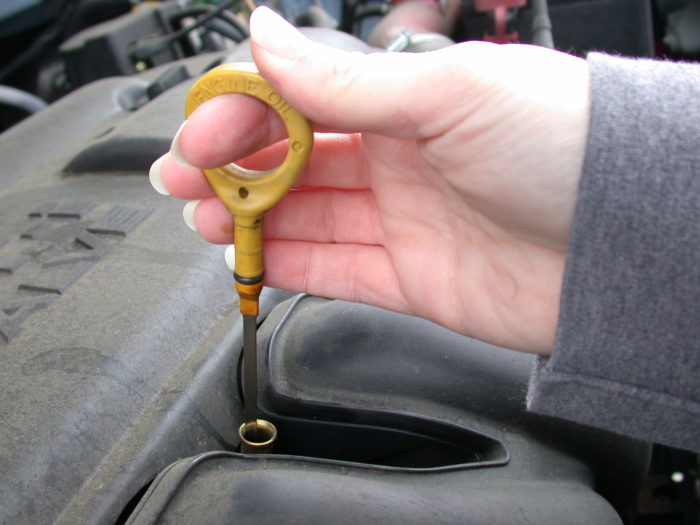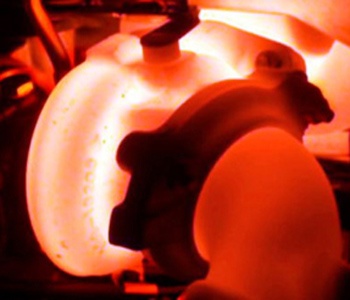Basic Turbocharger Maintenance Tips
Ongoing Turbocharger Maintenance – How to Avoid Problems

Ensure a long, trouble-free turbocharger life. Keep a regular vehicle maintenance routine, which is an important part of turbocharger maintenance.
The Turbochargers we supply should give many years of good use. But this depends on the vehicle and turbo being maintained in a regular fashion.
This should be at a very minimum, in accordance with vehicle manufacturer recommendations.
Oil is Vitally Important for Turbocharger Maintenance
The most important aspect of regular turbocharger maintenance is oil change frequency.
Oil changes should be at least as regular as manufacturer recommendations.
And depending on environmental and drive conditions, may need to be made as low as every 5000 km.
Higher frequency service is especially recommended for vehicles that have trouble with oil flow to the turbo. These include the Mazda CX-7 2.3L and Hyundai iLoad & iMax 2.5L.
During oil change it is recommended that the correct grade of oil (as per manufacturer or better), is used. Additionally, a high quality oil filter is installed to replace the old one at each service.
An oil and filter change are necessary whenever a new turbo is installed.
Avoid under or over-filling the sump when doing an oil change.
An over-filled sump can create excess pressure and impede oil flow to the turbocharger.
After an oil/filter change, ALWAYS check the oil level after running the engine for a few minutes. This is done to make sure oil level is between the marks on the dipstick.
Where it is not, correct the level. This is achieved by adding incrementally or letting oil out of the sump plug, until the desired level is achieved.
Oil supply to the turbo is the most critical aspect of turbo health.
As such, oil feed and drain lines should be inspected at regular intervals and be pressure tested and replaced as necessary.
Visual inspection of outside of lines will not always reveal internal pipe damage, that is why pressure testing is recommended.
Any banjo bolts associated with the oil feed / drain should also be checked and cleaned.
Dirty oil deposits can build up in these components and block normal flow, leading to lower serviceable life or outright failure of the turbo.
Any scavenge pump or oil restricting devices should also be tested for correct performance by crack pressure testing or such.
Don’t Forget the Air Filter as Part of Turbocharger Maintenance
In dusty environments or with off road use, it is also recommended that the air filter be changed on a regular basis.
A dirty air filter will increase resistance to air being drawn into the turbo.
This can create incorrect air pressure, leading to poor performance or even damage to oil seals, as oil is drawn out of the cartridge via vacuum and into the compressor housing.
It can also cause overspeeding of the turbocharger which can destroy the turbocharger.
Turbocharger Best Practice for Servicing / Maintenance:
Best practices (strictly required for warranty to be valid) for servicing / maintenance include:
– Regular replacement of components / consumables such as Oil and Air Filters and Oil, where and when required.
NOTE: During Oil Services with complete oil system drain, Turbocharger should be re-primed prior to start up.
– CRITICALLY: oil filter and quality oil of manufacturers recommended specification or better, changed every 6 to 12 months (maximum) or 5,000 to 10,000 km depending on vehicle type and environmental conditions of vehicle use.
– SPECIAL NOTE: Screen Filters inside Banjo Bolts fitted to oil feed lines on Subaru & Ford XR6 and other models, MUST be replaced, removed or cleaned during regular servicing.
Other Running Considerations for Turbocharger Maintenance
 As well as regular turbo maintenance, it is always good practice to warm an engine up by letting it idle for a minute or so until oil stabilizes in head and turbo.
As well as regular turbo maintenance, it is always good practice to warm an engine up by letting it idle for a minute or so until oil stabilizes in head and turbo.
Likewise at a stop (and especially after high speed highway driving), it is a good idea to allow the vehicle to idle for a minute or two.
Alternatively install a turbo timer to do this, to allow the turbocharger to wind down.
This will prolong the useful life of the turbo by reducing “coking” on the bearings, shaft and seals due to shut down at high temperature/rpm.
